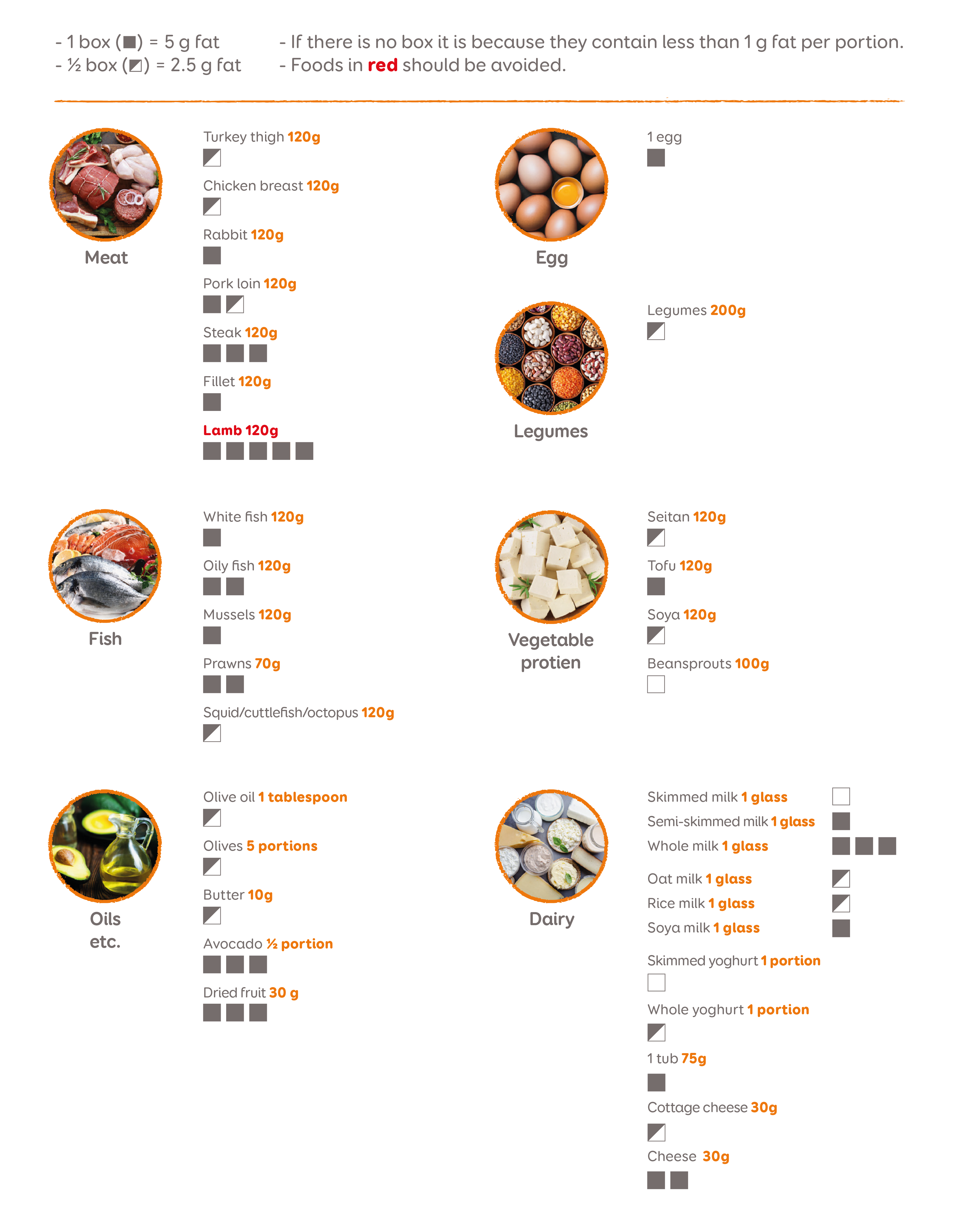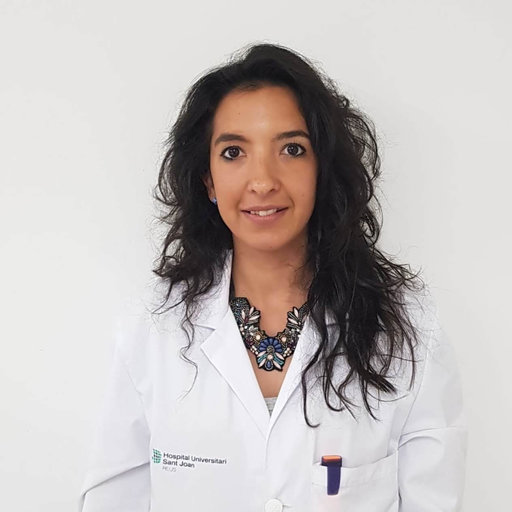A simple guide to macronutrients

There are 3 types of macronutrients in our food:
- Carbohydrates
- Fats
- Proteins
Foods are a combination of macros, for example chicken is a protein but it also contains fat.
Carbohydrates:
Carbohydrates are divided into two groups: simple carbohydrates and complex carbohydrates. Both simple and complex carbohydrates break down into sugar molecules (glucose).
A simple carbohydrate is made up of one or two sugar molecules, while a complex carbohydrate contains three or more sugar molecules. Complex carbohydrates are broken down more slowly by the body into sugars. This means that the energy is released more slowly and can support more balanced energy levels.
Some complex carbohydrates are not broken down by the body and this is what we call fibre. Fibre is very important to maintain a healthy, balanced gut bacteria and to help support our bowel movements.
Carbohydrates can be refined (processed) or unprocessed (e.g. vegetables). Try and eat more unrefined carbohydrates and a variety of plant groups (vegetables, fruits, legumes and wholegrains) as this supports overall health.
Proteins:
Proteins are broken down into amino acids. Amino acids can be essential or non-essential. We need all amino acids, but essential amino acids have to come from our food as our body is not able to make these. However, our bodies can make non-essential amino acids.
Meat, poultry, fish and dairy are known as complete proteins. This means that they contain adequate amounts of all the essential amino acids.
Protein is also found in plant foods (especially grains and legumes). Soy and quinoa are good low-fat options that contain all essential amino acids. It’s important to eat a wide variety of plant proteins in order to get enough of each essential amino acid throughout the day.
Fats:
Fats are broken down into fatty acids. Fats can be unsaturated or saturated, including omega 3 & 6 fatty acids which are considered essential fatty acids. While ‘good’ fats are considered an important part of the food, those with LAL-D need to minimise fat intake.
Fats are found in animal products, oils and dairy products. They can be found in other foods even though they are not always visible (e.g. nuts & seeds). It is important that LAL-D patients compensate for reduced fat intake by consuming additional protein and carbohydrates.
If your doctor has advised you to reduce your daily intake of lipids to a certain amount of lipids per day, you may find this diagram helpful.


Cèlia Rodríguez-Borjabad
Written by Cèlia Rodríguez-Borjabad a Registered Dietitian Nutritionist at Vascular Medicine and Metabolism Unit. University Hospital "Sant Joan". Rovira i Virgili University. IISPV. CIBERDEM. Reus (Spain)



